Microalgae might be small, but they’re mighty when it comes to supporting healthy reef tanks. These microscopic photosynthetic organisms are the base of the marine food chain, producing oxygen and essential nutrients that fuel corals, invertebrates, and countless other reef inhabitants. Learning how to cultivate and nourish microalgae is one of the best ways to boost your reef’s health and vitality.
What Are Microalgae?
Microalgae are tiny, single-celled organisms that live suspended in water or attached to surfaces. In reef tanks, they form the base of the food web, converting light energy into vitamins, fatty acids, and oxygen through photosynthesis. Although they are microscopic, their abundance makes a huge difference for everything from corals to copepods.
Why Microalgae Matter in Reef Nutrition
- Primary Food Source: Many corals and filter feeders directly consume microalgae or the organic compounds they produce.
- Oxygen Production: Like all photosynthetic organisms, microalgae generate oxygen, boosting water quality and aerobic bacterial activity.
- Supporting Live Food Cultures: Microalgae feed copepods, rotifers, and other beneficial microfauna—creating a natural, balanced ecosystem.
- Algae Control: Healthy microalgae populations compete with nuisance algae for nutrients, helping to keep tanks balanced.
How to Cultivate Healthy Microalgae Populations
- Provide adequate, spectrum-appropriate lighting (preferably full or blue spectrum LEDs).
- Maintain stable water parameters, including temperature, nutrient levels, and salinity.
- Use live microalgae supplements like PhycoPure™ Green Water to seed and boost your tank.
- Inoculate refugiums with macroalgae, which support microalgae production through nutrient uptake and shade.
- Avoid excessive filtration or chemical agents that remove beneficial microalgae.
Common Challenges
- Balancing nutrients is crucial; too many nutrients can lead to nuisance algae outbreaks instead of beneficial microalgae.
- Insufficient lighting or poor water quality can stunt microalgae growth.
- Careful balancing of water flow is necessary to keep microalgae suspended without washing them out.
Quick Reference Table: Microalgae Benefits
| Function | Benefit |
|---|---|
| Food source | Feeds corals, filter feeders, and microfauna |
| Oxygen production | Enhances tank water quality |
| Competitive growth | Limits nuisance algae blooms |
| Supports biodiversity | Feeds copepods and rotifers, balances ecosystem |
FAQs: Microalgae in Reef Tanks
Q: Can microalgae cause green water?
A: Yes, excessive growth can cause water discoloration, but controlled populations are beneficial.
Q: How do I introduce microalgae to my reef tank?
A: Use live culture products like PhycoPure™ Green Water and maintain proper lighting and nutrients.
Q: Do microalgae need special feeding?
A: No, they photosynthesize, but nutrients in the water support their growth.
Pro Tips for Supporting Microalgae
- Keep lighting consistent with a spectrum suited to photosynthesis.
- Maintain nutrient balance—test nitrates and phosphates regularly.
- Incorporate refugiums with macroalgae to support a natural microalgae base.
- Use live products like PhycoPure™ Green Water to accelerate tank recovery and vitality.
“Microalgae are the unsung heroes of the reef—small, essential, and mighty in their power to sustain life.”
Further Reading & Product Spotlight
For more on reef nutrition and tank balance, check Copepods and Amphipods: A Complete Care Guide. Boost your reef with PhycoPure™ Green Water for healthy growth and vitality.
Conclusion
Microalgae serve as the foundation of reef tank nutrition, supporting a diverse and vibrant ecosystem. Cultivating them properly lays the groundwork for a thriving reef aquarium.
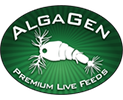
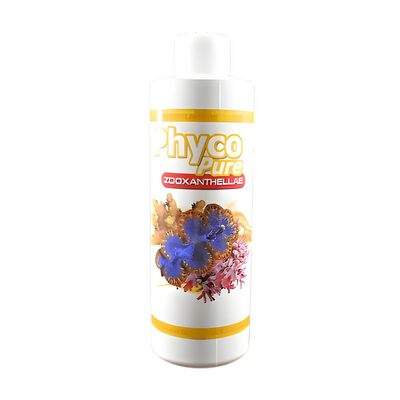
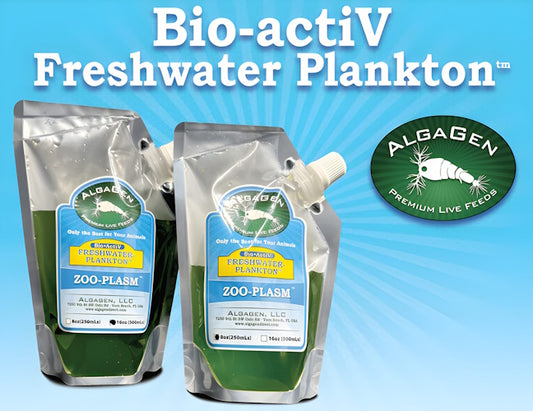
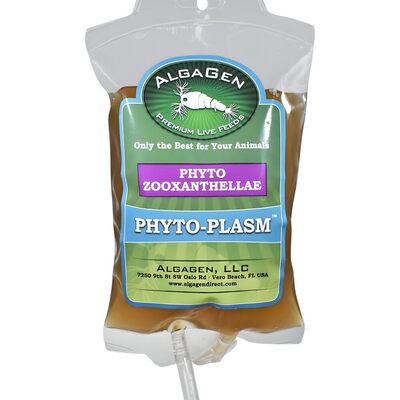
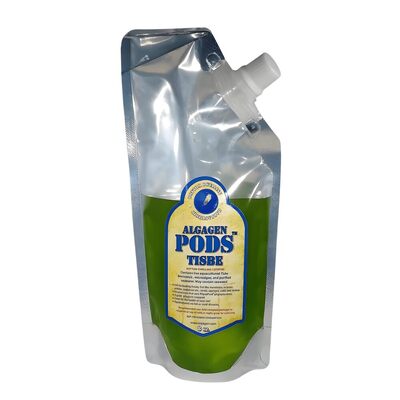
Recent post